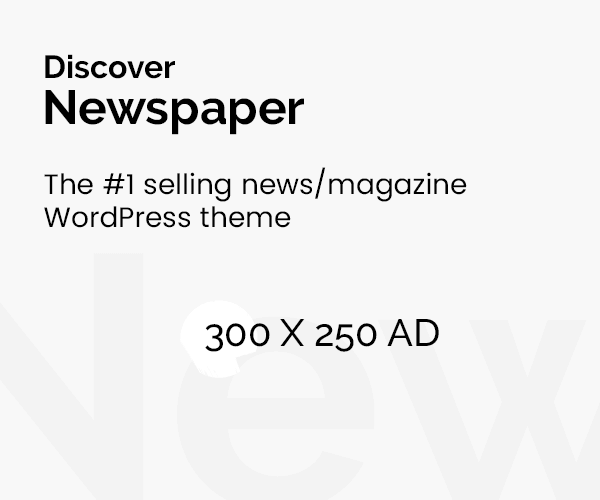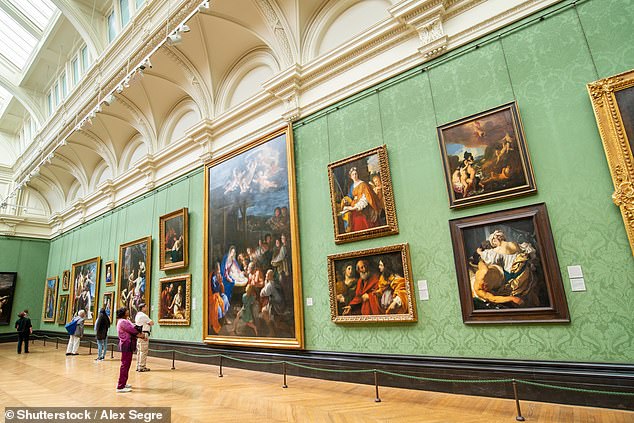Britain’s rich lag way behind their American counterparts when it comes to mega philanthropy.
In the quirky world of UK gifting, animal charities such as Guide Dogs for the Blind do better in securing donations than their human counterparts.
The US’s fine art institutions such as New York’s Museum of Modern Art, the Art Museum of Dallas Fort Worth, the Guggenheim and the Getty in California are blessed with fat endowments and ever more billionaire donors. At the last count, the US boasted 902 billionaires, including the world’s newest richest person, 81-year-old Larry Ellison of Oracle.
It is not that surprising that the National Gallery’s unveiling of two record-breaking £150m donations from Cardiff-born tech financier Michael Moritz and Tetra pack heirs the Julia and Hans Rausing Trust astonished Britain’s art world.
Together with a further £75m contribution from the National Gallery Trust, the new funding will finance Project Domani, a revamped building behind the recently refurbished Sainsbury Wing.
The donation opens the door for the National Gallery to broaden horizons and become a force in the highly competitive world of 20th century art.

Bad move: Pitting the Tate and National Galleries against each other, when their resources already are dwarfed by American galleries and private collectors, is madness
Therein lies the rub. Until now, as the result of a ‘non-compete’ deal between Nick Serota and Neil MacGregor, former directors of the Tate and National Gallery, each of Britain’s leading art institutions would specialise in what their collections do best.
The Tate focused on post-20th century art and the National Gallery on collections tracing the development of art as it cascaded through the centuries. In business, competition is considered a good thing. In the rarefied world of fine art, it is disadvantageous to the public, which institutions such as the Tate strive to serve.
The sheer financial power of the Americans has created fevered competition among auction houses and galleries in New York and across the US to acquire the very best modern art.
Demand has driven prices ever higher. Rothko pieces sell for $100m or more with a peak auction price as high as $186m, or £111m. It is a market where less endowed UK galleries struggle to acquire sought after works.
Pitting the Tate and National Galleries against each other, when their resources already are dwarfed by American galleries and private collectors, is madness. This is especially true given that until now relations between the two biggest UK galleries have generally been cordial and loan deals – supporting thematic exhibitions – conducted with grace. The National Gallery is rippling its muscles. There are concerns that in so doing it is setting a trap for itself.
By accepting big donations from cultured art collectors such as Moritz, it may be preparing the ground for important arrivals. The Sequoia financier is owner of a wonderful collection of British modern art with works by Lucian Freud, Francis Bacon and Frank Auerbach, all of which would add lustre to any gallery.
Taking them on would represent a break with the past where acquisitions are thematic rather than personal and designed to bolster future exhibitions.
The world of fine art is dominated by rich players, and it is in the interest of privately owned auction houses, the price setters, to drive up values and commissions.
The role of publicly funded and supported institutions, such as the Tate and National Gallery, is to curate for the public in accessible ways.
In the battle to add great post 20th century artworks to British collections, the non-compete convention of the past should be sacrosanct.
DIY INVESTING PLATFORMS

AJ Bell

AJ Bell
Easy investing and ready-made portfolios

Hargreaves Lansdown

Hargreaves Lansdown
Free fund dealing and investment ideas

interactive investor

interactive investor
Flat-fee investing from £4.99 per month

InvestEngine

InvestEngine
Account and trading fee-free ETF investing
Trading 212
Trading 212
Free share dealing and no account fee
Affiliate links: If you take out a product This is Money may earn a commission. These deals are chosen by our editorial team, as we think they are worth highlighting. This does not affect our editorial independence.
Compare the best investing account for you
#ALEX #BRUMMER #Donors #divide #art #world #giants
















